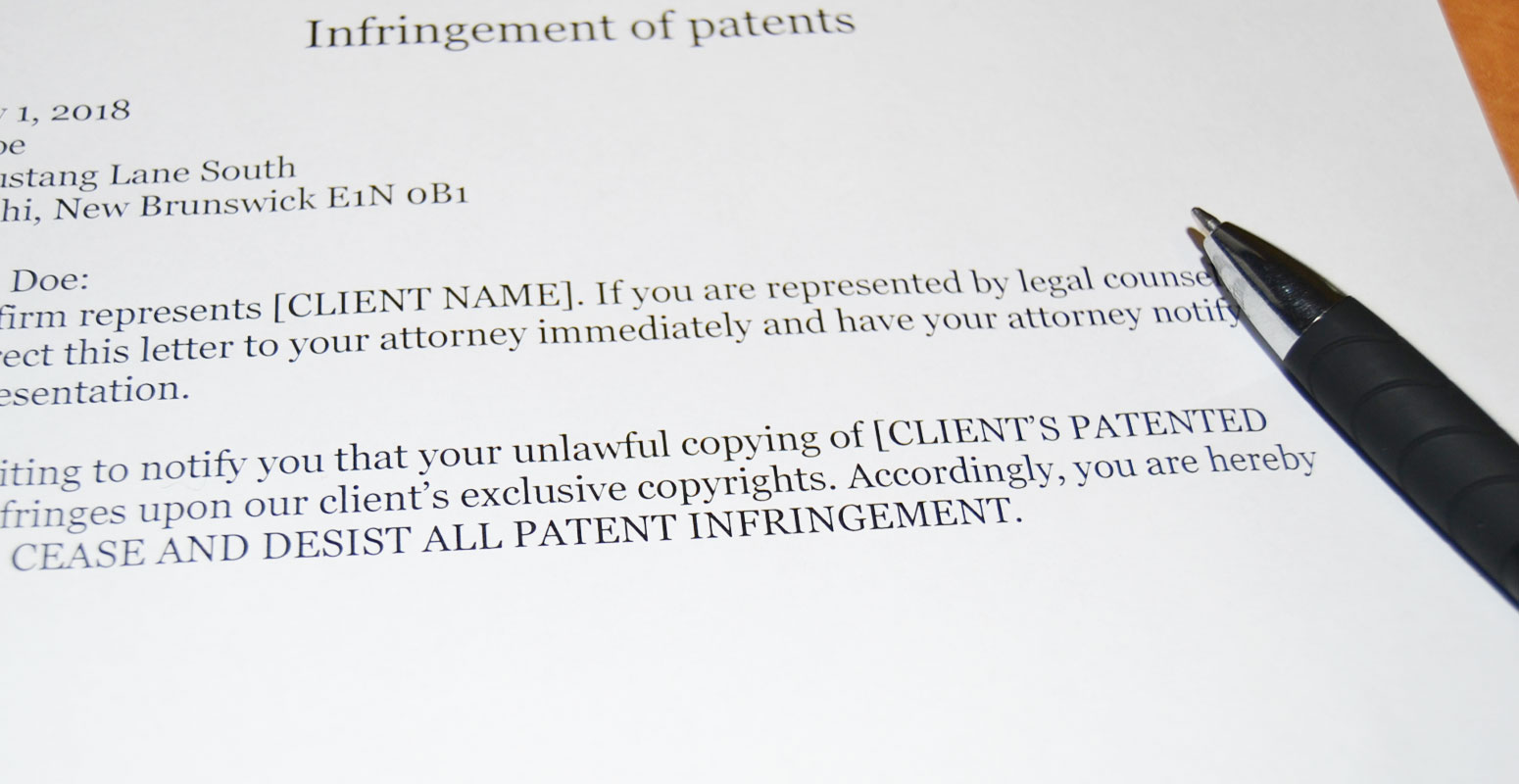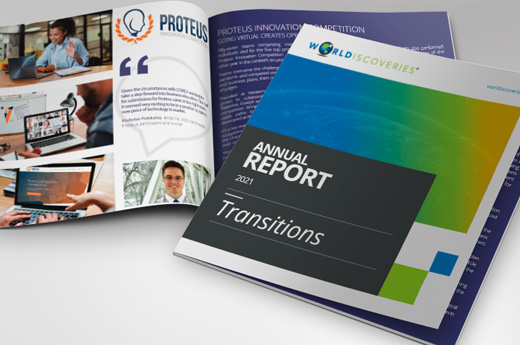There is increasing pressure on Canadian universities to produce research with translational or commercial potential. In this regard, researchers typically work with the technology transfer offices at their university to identify technologies with commercial applicability and if appropriate, secure patent protection for such technologies. Rarely have academic institutions been concerned with infringing third party patents, assuming the nature of their work immunized them from such concerns. For the reasons discussed below, academic institutions may wish to pay greater attention to patent infringement issues and be mindful of using patented inventions in their research to avoid incurring potential legal liability as the shift towards commercial research continues.
Use
A patent grants its holder the right to exclude others from making, using or selling the invention without the patent holder’s permission. The interpretation of “use” has introduced some complexity to patent infringement. “Use” is defined as any activity that deprives the patent holder, directly or indirectly, of full enjoyment of the monopoly conferred by the patent. Canadian courts have extended the definition of “use” to all acts that further the business interests of an infringer. Thus, you may not have to commercially profit from the use of the invention to be held liable for patent infringement.
In a Supreme Court of Canada decision between a Canadian canola farmer and the agricultural biotechnology company Monsanto, it was found that growing a plant that contained patented genes for herbicide-resistance constituted use of the patent, and therefore was an infringing activity. The farmer did not obtain any additional profit from the herbicide-resistant plants, but the court found that the farmer did benefit from the harvesting and selling of the plants. Although the farmer did not use herbicide, the court ruled that the herbicide-resistant plants conferred a standby use that herbicide could be sprayed in the future, if the need arose. It was concluded that the farmer benefited from the possession of the herbicide-resistant plants and that this benefit corresponded to a deprivation of the patent holder’s monopoly. With an increasing shift towards commercialization, there may be a question as to whether academic institutions and/or their researchers are benefiting from the use of patented inventions in their research.
Exemptions
There are two exemptions to patent infringement in Canada. The regulatory approval exemption allows a manufacturer to use a patented product without the permission of the patent holder to prepare their own product for market approval. For example, a generic pharmaceutical company’s use of a patented drug to establish bioequivalence for Health Canada approval would fall under this exemption. However, this exception is not limited to drugs and may be available to other regulated fields.
The experimental use exemption permits research on patented subject matter when the purpose is experimental. The exception applies to experimentation or testing only, and does not extend to a marketable or commercial product. Experimental uses may include testing or development of improvements on a patented invention. Typically, experimental use has been evaluated on the basis of whether the research is commercial or non-commercial in nature. It is understood that if there is a commercial benefit derived from the invention, it belongs to the patent holder. Recently the line between research and commercial interests has blurred. Universities are increasingly involved in commercialization and patenting of technology. Therefore, it has become unclear whether all academic research would qualify for the experimental use exception to patent infringement. Although commercialization may not be a current goal of research, it is important to be aware of any patented inventions that were used in the research program, as they will be relevant to future commercialization efforts.
Remedies
If found liable for patent infringement, a number of potential remedies may be imposed on the infringer. These remedies may include the payment of damages to the patentee in the form of lost profits or a reasonable royalty rate determined by the court. Additional remedies may include court ordered destruction of infringing items or an injunction, which orders an infringer to refrain from their infringing acts.
Conclusion
It is always beneficial to review patent literature before and during a research project. By conducting a prior art search, you will have a clear picture of the patentability of your own work and mitigate the risk of being liable for patent infringement by determining if your work falls within the scope of an issued patent claim. All Canadian patents or pending applications are publicly available and can be searched here. At WORLDiscoveries®, we understand these issues and can assist with any questions you may have regarding patent infringement.


